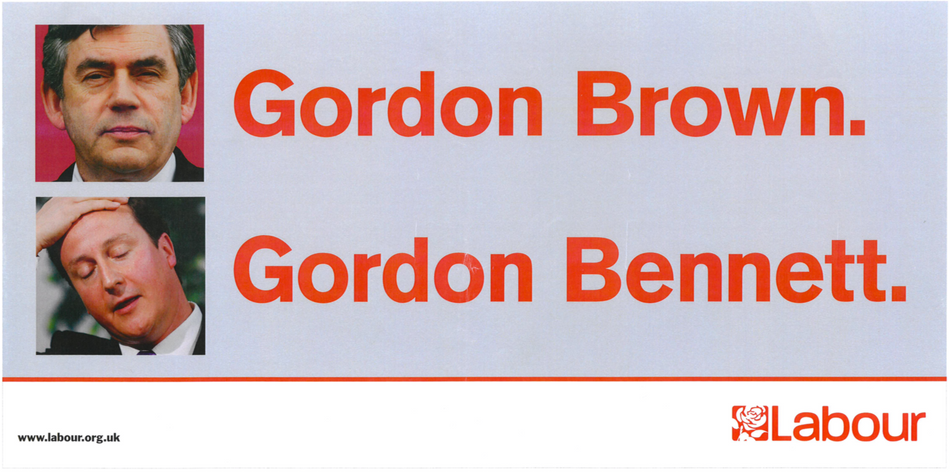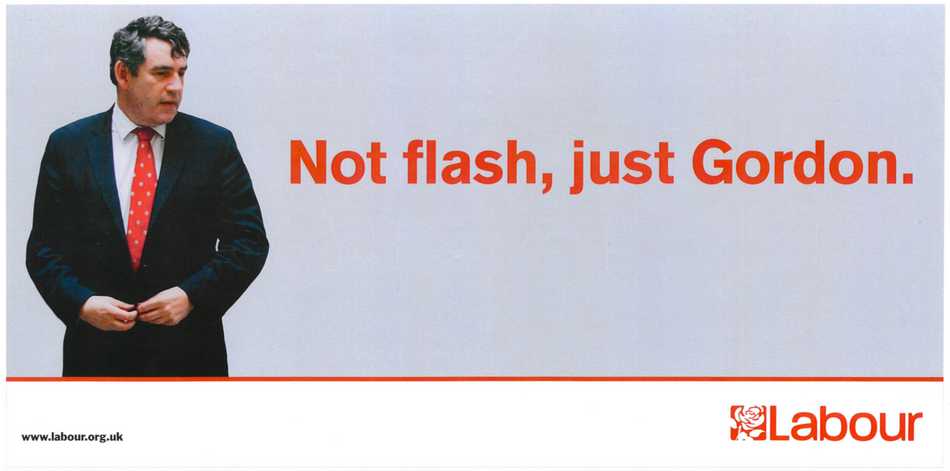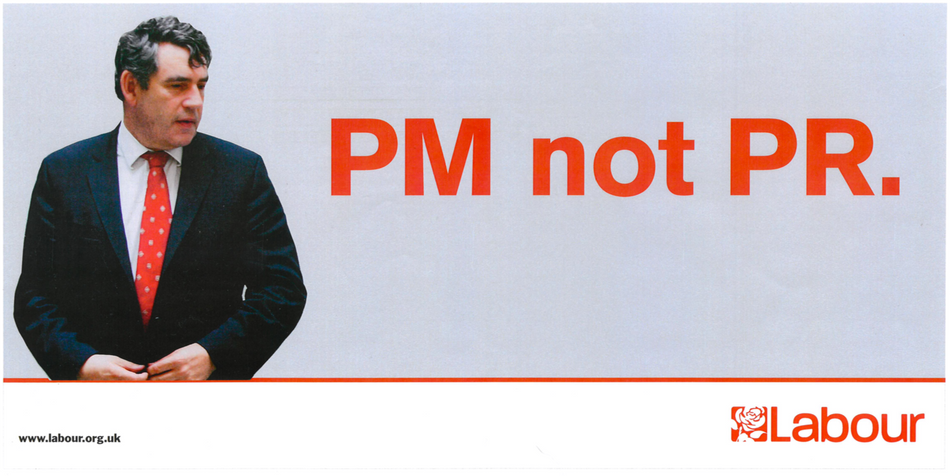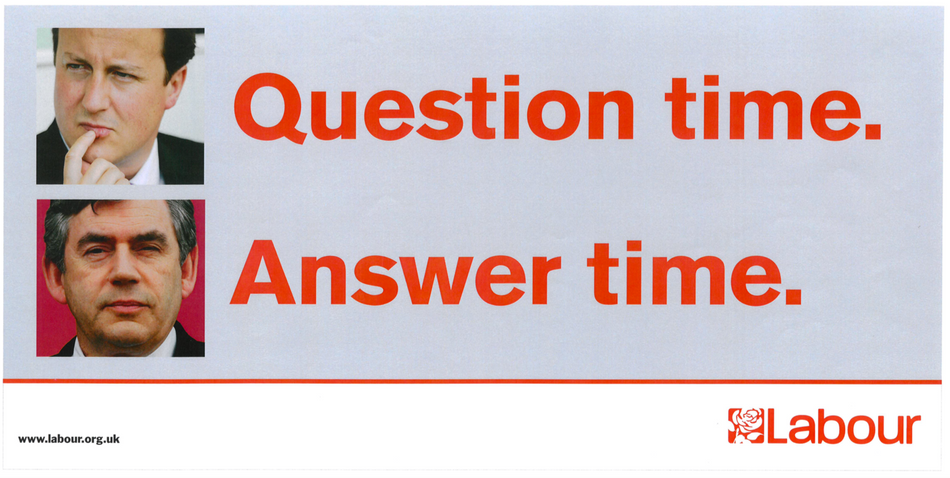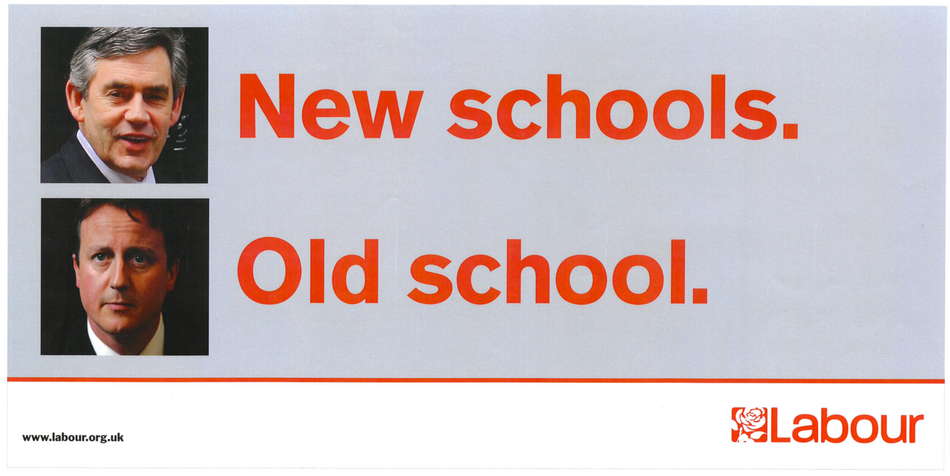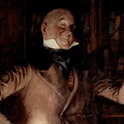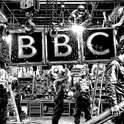In the summer of 2007, between 27th June, when he took over as Prime Minister and 5th October, when he announced there would not be an early election, Gordon Brown felt, to many swing voters, like the Prime Minister that Britain wanted and needed.
As part of Brown’s polling team, led by Deborah Mattinson, I spent much of August 2007 in marginal seats, running focus groups with swing voters to test a set of draft campaign posters created by Labour’s advertising agency, Saatchi & Saatchi.
Those posters, and swing voters’ reactions to them, reveal a lot about the dynamics of politics in the UK for that brief period of time.
The only ad to make it into the public domain was the one with which the Saatchi team had won the Labour account earlier in the year: "Not flash. Just Gordon." It was a real favourite in the groups. The poster clearly spoke to the qualities that Brown had established in the public mind over more than a decade as Chancellor: strength, experience, seriousness of purpose.
But it also capitalised ingeniously on the short-lived goodwill that much of the electorate felt towards their new Prime Minister. For this brief period, Brown’s manifest weak points—an awkwardness in front of the camera; dishevelled appearance; shyness, even—were perceived as evidence that he was what the voters were looking for: honest; unspun; straightforward.
The implicit comparison to both Blair and Cameron was obvious to voters. “It’s exactly right—he’s a bit rough around the edges, but in a good way.”
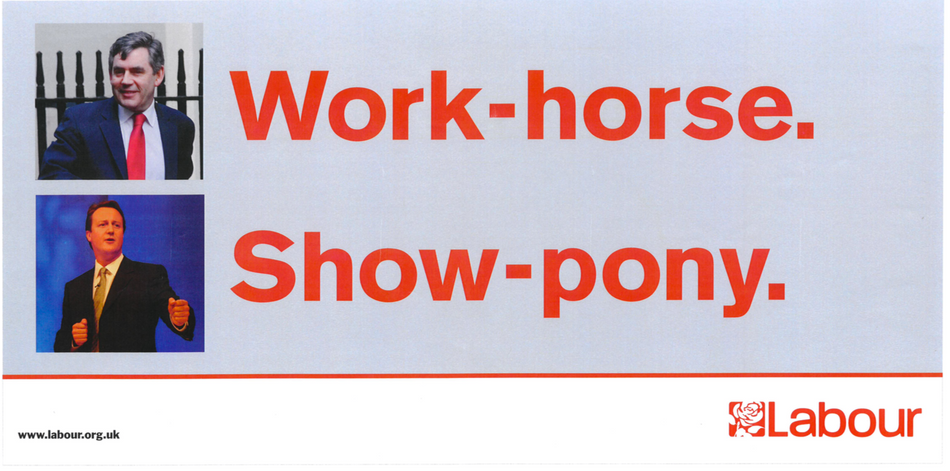
Another set of draft posters made the comparison with Cameron more explicit. The most successful of these managed to articulate voters’ sense that Brown and Cameron were mirror images of one another, simultaneously nailing a Cameron weaknesses, and crystalising a Brown strength.
"Work Horse/Show Pony" spoke to voters’ intuition—fuelled by stories about him cycling to work in shorts, followed by his suit and shoes in a chauffeur-driven car—that Cameron’s persona was a thin veneer, applied to convince voters that he and his party had changed. Meanwhile, Brown’s unpolished, slightly scruffy, demeanour was interpreted (for this brief period) as evidence of integrity, seriousness and depth of character.
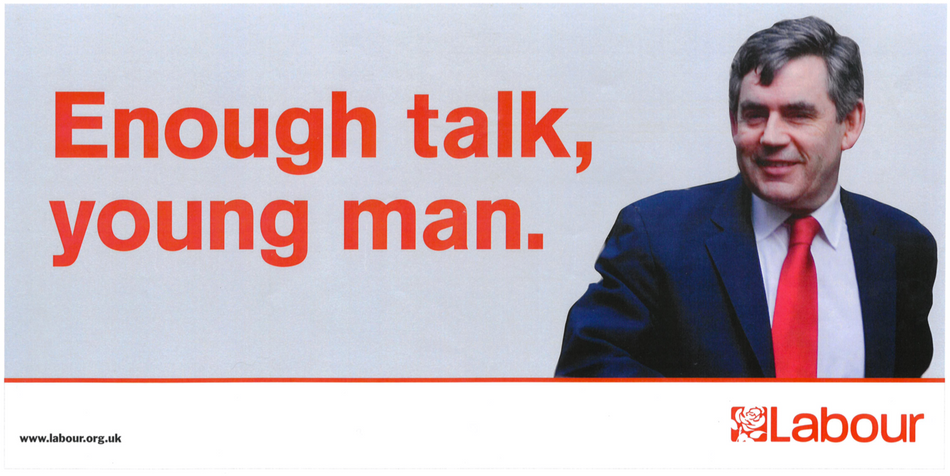
Other posters mined a similar vein: "Spin/Spine" played on the sense that the prime minister had the backbone to take tough decisions, whilst Cameron would “just blow in the wind.”
"Gordon Brown/Gordon Bennett" and "Serious./Seriously?" spoke powerfully to the contrast between the Prime Minister’s track record as Chancellor, and Cameron’s relative inexperience.
By 2008, the ‘truths’ that these adverts spoke to were long gone from voters’ views of their Prime Minister, and running focus groups for Labour became a lot less fun.
The Conservatives’ “bottler” and “ditherer” attacks had really struck home, sharpening the mis-handling of the non-election into a penetrating character flaw, and his ‘scruffiness’ and gruff demeanour were now consistently interpreted as weaknesses in the eyes of swing voters.
But these posters are a reminder that, for a few months as Prime Minister, and for many years as Chancellor, Gordon Brown was one of the most trusted, respected and effective politicians in the country.
The rest of the posters...
